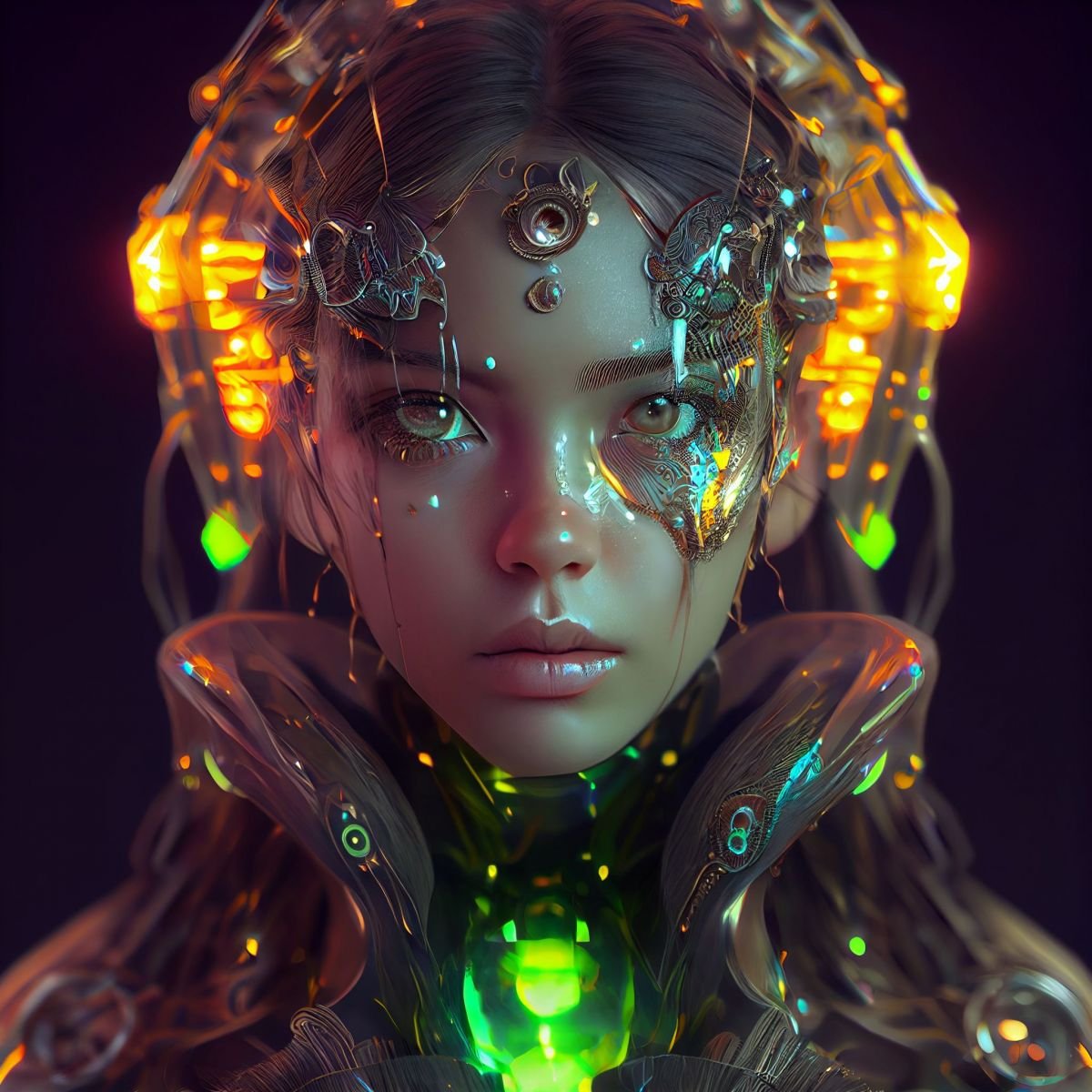Artificial Intelligence (AI) has permeated nearly every aspect of our lives, from the way we work to how we communicate. One of the most intriguing and contentious areas of AI’s influence is in the realm of art. AI art, the creation of visual works using algorithms and machine learning, represents a significant shift in how we think about creativity, authorship, and the role of technology in artistic expression.
What is AI Art?
AI art refers to artwork created with the assistance or complete autonomy of artificial intelligence. These works are often generated by algorithms, particularly through processes like deep learning, where neural networks are trained on vast datasets of images, styles, and techniques. The most well-known models for generating AI art include Generative Adversarial Networks (GANs), which can produce new images by learning and replicating patterns from existing data.
One of the early milestones in AI art came in 2018 when an AI-generated portrait, Portrait of Edmond de Belamy, was sold at auction for $432,500, far exceeding its estimate. This event brought AI art into the mainstream, sparking debates about the nature of creativity and the role of machines in the artistic process.
The Creative Process in AI Art
The creation of AI art typically involves a collaboration between human artists and machines. The process begins with the selection of a dataset, which could consist of thousands or even millions of images. The AI model is then trained to recognize patterns, styles, and elements within these images. Once trained, the AI can generate new artworks that either mimic the styles it has learned or create entirely novel compositions.
The human artist’s role in this process varies. In some cases, the artist may have significant control over the input data, the parameters of the model, and the final output, making decisions about the direction and style of the work. In other instances, the AI operates with more autonomy, creating pieces with minimal human intervention. This dynamic raises questions about authorship: Who is the true creator—the human who programmed and guided the AI, or the AI itself?
The Debate: Art or Algorithm?
The rise of AI art has sparked a heated debate in the art world. Critics argue that AI-generated works lack the emotional depth, intentionality, and originality that characterize traditional art. They contend that because AI lacks consciousness and the ability to experience the world, it cannot truly create in the way humans do. To these critics, AI art is more a product of programming than a genuine expression of creativity.
On the other hand, proponents of AI art see it as a natural evolution of artistic tools and techniques. They argue that AI, like the camera or the computer, is simply a new medium for artistic expression. While the method of creation may differ, the end result—a visual work that evokes a response—can still be considered art. Some also suggest that AI art challenges our understanding of creativity, pushing us to reconsider what it means to be an artist and how art can be made.
The Impact of AI Art on the Art Market
The art market has been quick to recognize the potential of AI art, with AI-generated works fetching high prices at auction and attracting interest from collectors and galleries. However, the commercialization of AI art has also raised ethical concerns, particularly around issues of copyright and ownership. Since AI models are often trained on existing artworks, questions arise about the use of these works without the original artists’ consent and whether AI-generated pieces infringe on intellectual property rights.
Moreover, the increasing prevalence of AI art has implications for the future of human artists. While some see AI as a tool that can enhance and complement human creativity, others fear that it could lead to a devaluation of human-made art or even displace artists altogether.
AI Art as a Reflection of Society
Beyond the technical and economic aspects, AI art also serves as a reflection of society’s relationship with technology. The rise of AI in art mirrors broader cultural shifts towards automation, data-driven decision-making, and the integration of technology into everyday life. AI art can provoke important conversations about the role of technology in shaping our identities, our cultures, and our futures.
Some AI-generated artworks even explore these themes directly. For example, AI can be used to create pieces that comment on surveillance, data privacy, and the digital age, offering a unique perspective on the challenges and opportunities of our increasingly interconnected world.
The Future of AI Art
As AI technology continues to advance, the possibilities for AI art are expanding. Future developments may include more sophisticated models that can create increasingly complex and nuanced works, as well as greater collaboration between human artists and AI. The integration of AI with other emerging technologies, such as virtual reality and augmented reality, could also lead to new forms of immersive and interactive art experiences.
However, as AI art evolves, so too will the discussions around its implications. Artists, technologists, and society at large will need to grapple with questions about creativity, authorship, ethics, and the impact of AI on the human experience.
Conclusion
AI art stands at the crossroads of technology and creativity, offering both exciting possibilities and significant challenges. Whether viewed as a groundbreaking new form of expression or a contentious addition to the art world, AI art undeniably forces us to rethink our definitions of art and the role of the artist. As this field continues to grow and evolve, it will undoubtedly remain a focal point of debate, innovation, and exploration in the years to come.
